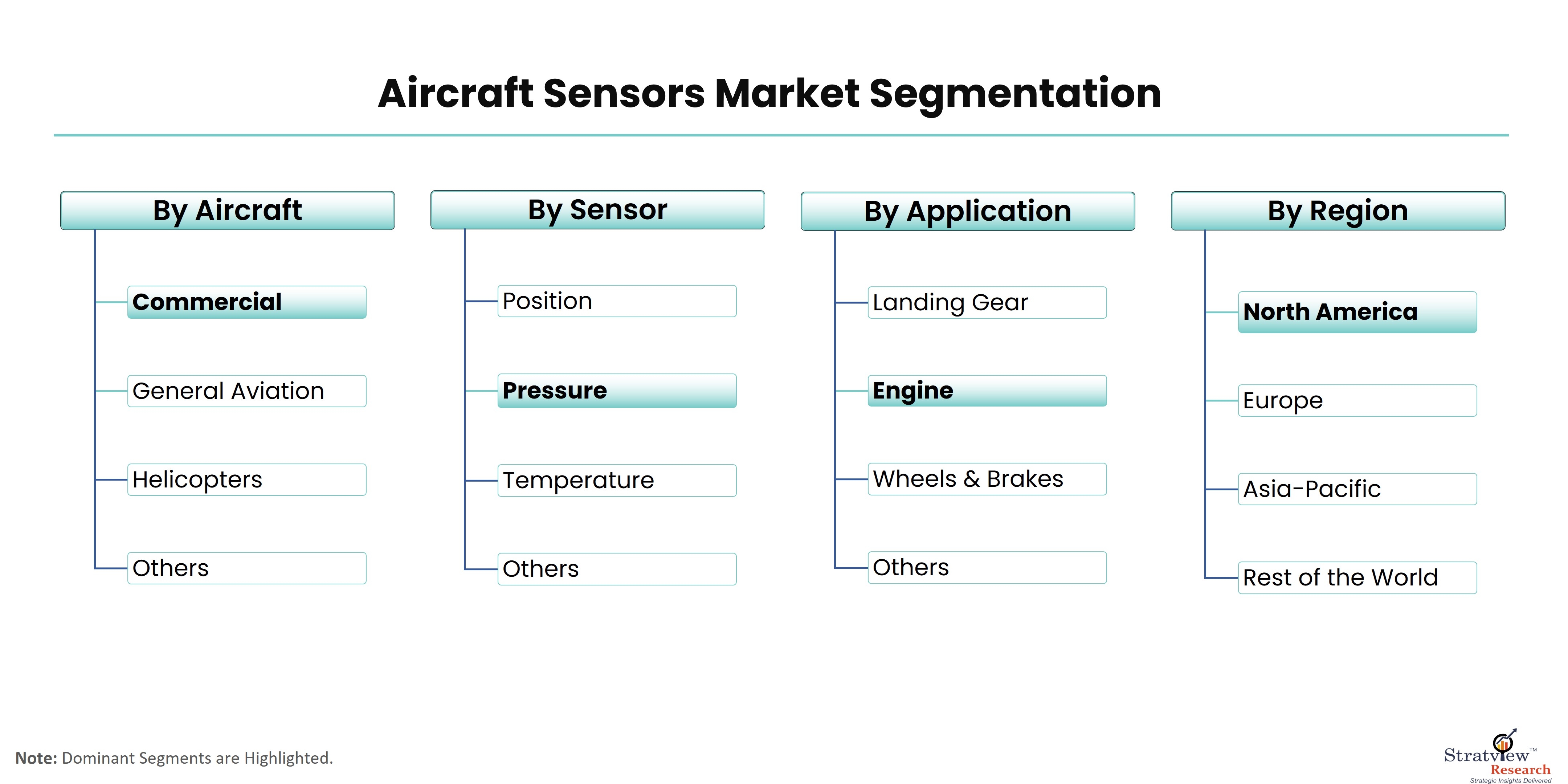Sensing Safety: Understanding the Aircraft Sensors Market

According to Stratview Research, the aircraft sensors market was estimated at USD 1.1 billion in 2022 and is likely to grow at a promising CAGR of 10.5% during 2023-2028 to reach USD 2.2 billion in 2028.
The aviation industry is in a constant state of evolution, with advancements in technology reshaping every aspect of flight. At the forefront of this transformation are aircraft sensors – the unsung heroes that enable pilots to navigate the skies with precision and safety. As the demands on aircraft increase and the industry pushes for greater efficiency and reliability, the aircraft sensors market is experiencing significant growth and innovation. In this article, we explore the latest trends shaping the aircraft sensors market and their impact on the future of aviation.
1. Rise of Digitalization:
One of the most prominent trends in the aircraft sensors market is the rise of digitalization. Modern aircraft are equipped with an array of sensors that collect vast amounts of data during flight, ranging from engine performance and fuel consumption to air pressure and temperature. Digitalization enables real-time monitoring and analysis of this data, providing pilots and ground crews with valuable insights into the health and performance of the aircraft. By leveraging digital technologies such as data analytics, cloud computing, and artificial intelligence, airlines can optimize operations, improve maintenance practices, and enhance safety.
2. Enhanced Safety Features:
Safety is paramount in aviation, and aircraft sensors play a critical role in ensuring the safety of passengers and crew. As technology advances, sensors are becoming increasingly sophisticated, enabling the development of advanced safety features such as terrain awareness and warning systems (TAWS), traffic collision avoidance systems (TCAS), and automatic emergency descent systems (EDS). These features use data from sensors to detect potential hazards, provide early warnings to pilots, and initiate corrective actions to prevent accidents.
3. Integration of IoT and Connectivity:
The Internet of Things (IoT) and connectivity are revolutionizing the aircraft sensors market, enabling seamless communication between onboard systems, ground control, and maintenance facilities. IoT-enabled sensors collect data on aircraft performance, operational parameters, and component health, transmitting it in real-time to ground-based monitoring centers. This connectivity allows for proactive maintenance, predictive analytics, and remote troubleshooting, reducing downtime and improving fleet reliability.
4. Advancements in Sensor Technology:
Advancements in sensor technology are driving innovation in the aircraft sensors market, enabling sensors to become smaller, lighter, and more reliable. New sensor technologies such as solid-state LiDAR, MEMS accelerometers, and fiber optic sensors are offering improved accuracy, faster response times, and greater durability in harsh operating environments. These advancements allow for better performance in critical applications such as flight control, navigation, and environmental monitoring.
5. Focus on Fuel Efficiency:
With fuel costs representing a significant portion of airlines' operating expenses, there is a growing focus on fuel efficiency in the aircraft industry. Sensors play a crucial role in optimizing fuel consumption by providing accurate data on airspeed, altitude, engine performance, and aerodynamic conditions. Advanced sensor technologies enable pilots to fly more efficiently, reducing fuel burn, emissions, and operating costs.
Conclusion:
In conclusion, the aircraft sensors market is witnessing a period of rapid evolution, driven by digitalization, safety advancements, connectivity, sensor technology innovations, and a focus on fuel efficiency. These trends are reshaping the way aircraft are monitored, controlled, and maintained, leading to safer, more efficient, and more reliable flight operations. As the aviation industry continues to embrace technological advancements, the role of aircraft sensors will only become more critical in navigating the skies of the future.
- Industry
- Art
- Causes
- Crafts
- Dance
- Drinks
- Film
- Fitness
- Food
- Jeux
- Gardening
- Health
- Domicile
- Literature
- Music
- Networking
- Autre
- Party
- Religion
- Shopping
- Sports
- Theater
- Wellness
- News


